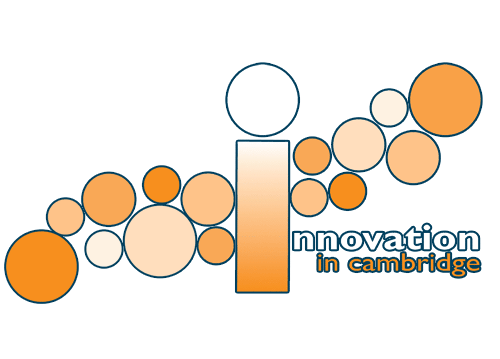 |
|||

|
Expansion of the technological revolution has brought innovative new devices, not only into the mainstream, but into our very hands. One of the most recognizable of these devices to enter our daily worlds is eBook, such as a Kindle. The eBook is a wireless reading device which allows the user to store and access traditional media like books and newspapers in addition to more contemporary formats such as blogs. It has noteworthy memory capacity and lengthy battery lives, however, the most remarkable feature of today’s eBooks are the display screen. The success of the eBook lies in the “E Ink” screen created by the E Ink Corporation of 733 Concord Avenue of Cambridge, Massachusetts. Founded by Joseph Jacobson of MIT’s Media Lab, the E Ink Corporation developed the technology for new electrophoretic display. This “electronic paper” is based on the multidisciplinary approach to research that characterizes MIT and combines elements of chemistry, physics, and electrical engineering. The “E Ink” screen bypasses the problems encountered by other electronic displays that function by emitting light, and instead functions more similarly to traditional ink upon paper. This new approach to electrophoretic displays not only allows screens to be visible under direct sunlight, a struggle relatable to anyone who has tried to read a text message at the beach, but also requires less energy to be stored within the device. These advancements allow the Kindle to be smaller, lighter, and easier to use: the goals of all technological innovation. The story of the eBook and its revolutionary screen is one of innovation that is continuing to be written and will not be completed for some time to come. Sources: |
||

